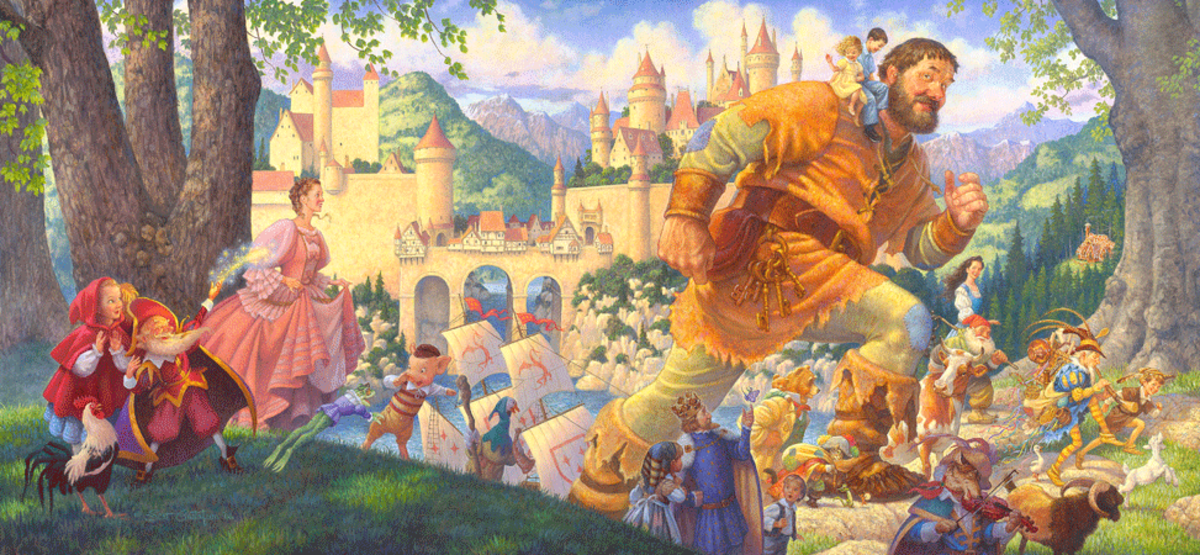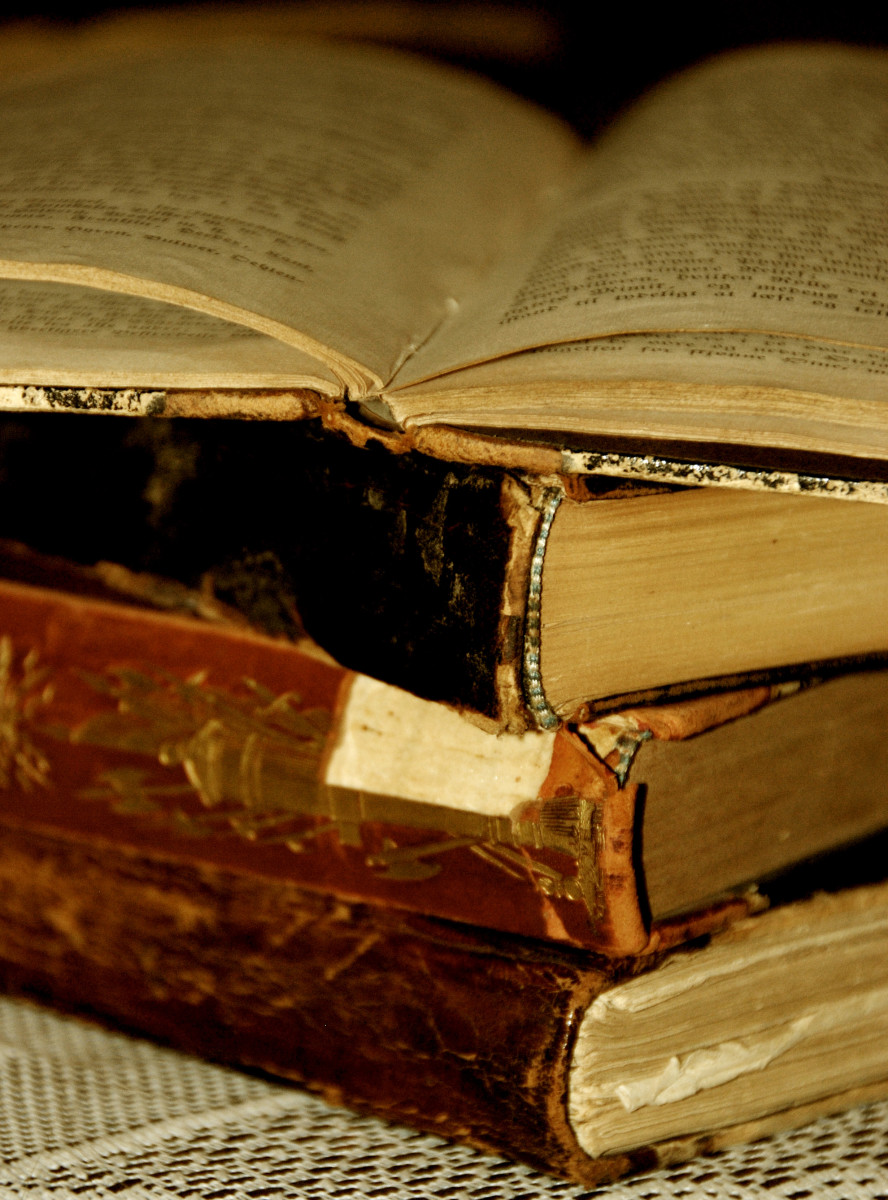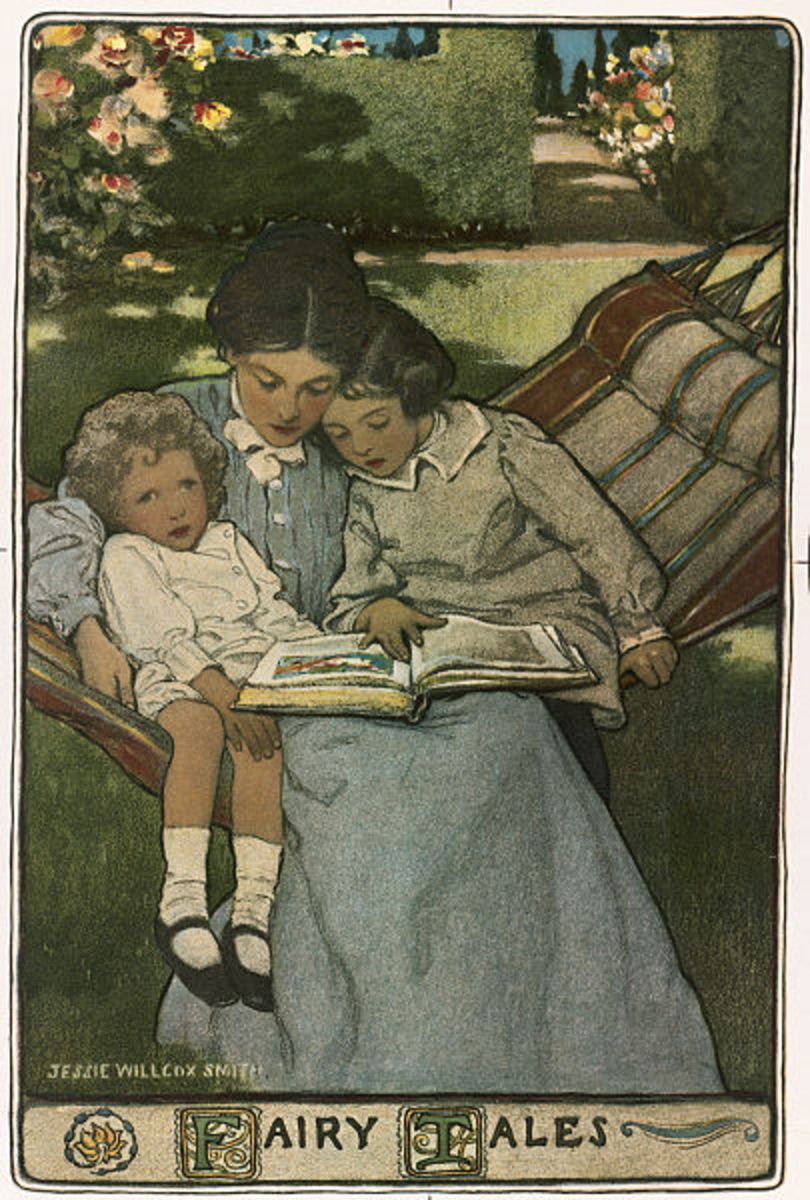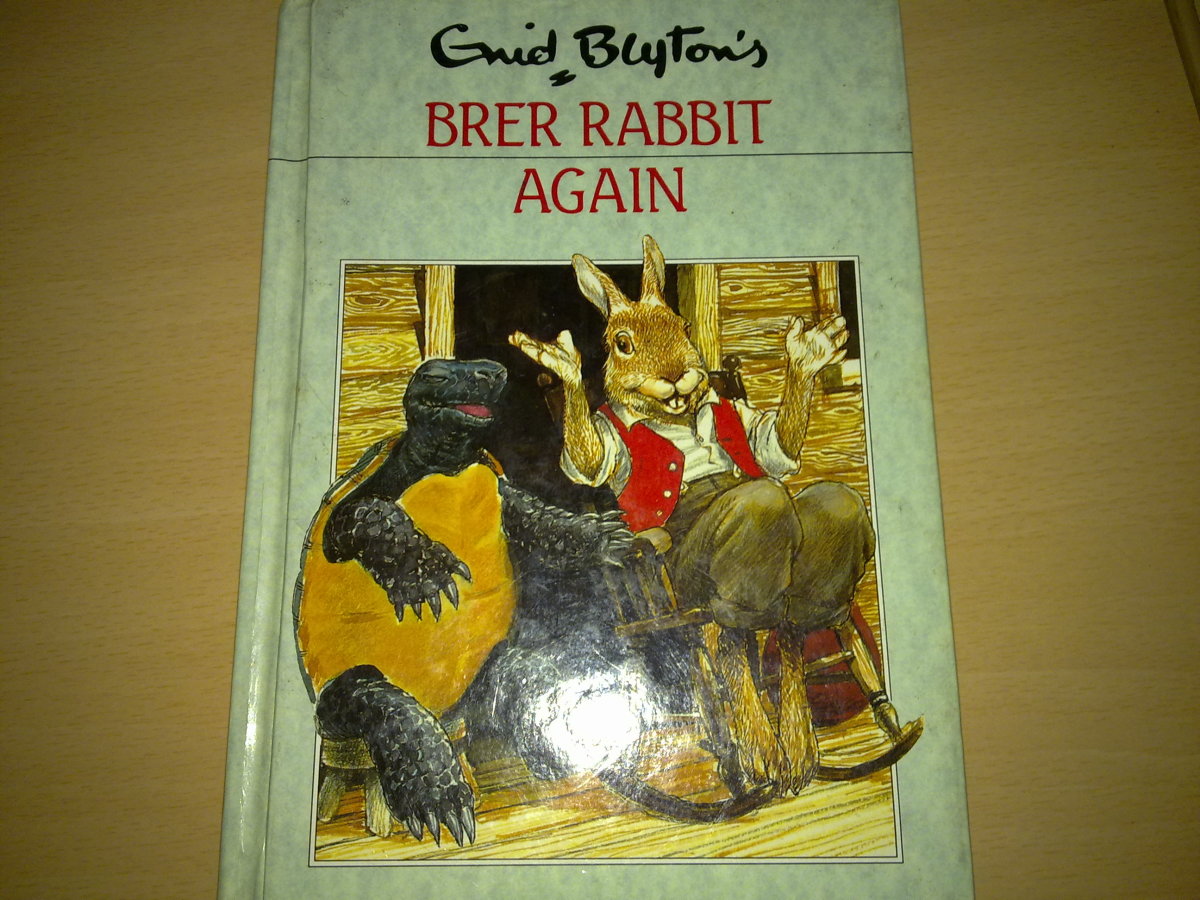Traditional Literature
Traditional literature still catches the eye of many Children
Ever since people realized they were unique among animals. The fact that they could think and talk, they tried to explain themselves and their world.
Who were the first humans?
How did they come to be?
What made the sun the moon and the stars?
Why the animals made are the way they are?
What caused night and day, the seasons, and the cycle of life itself?
Why are some people greedy and some unselfish, some ugly and some handsome, some dull and some clever?
As people pondered these questions and many more, they created stories that helped explain the world to their primitive minds.
The storytellers told these tales again and again around the fires of the early tribes, by the hearts of humble cottages, before the great fire in the king's hall.
They told them as they sat in the grass huts of the jungle, the Hogans of the southern plains, and the igloos of the northern tundra.
Their children told them, and their children's children, until the stories were as smooth and polished as the roundest stones in a stream.
People created their myths and their folktales, their legends and epics, the literature of the fireside, the poetry of the people, and the memory of humankind.
A perspective on traditional literature.
Traditional literature can provide a window into cultural beliefs and the spiritual and psychological qualities that are part of human nature.
These stories also form the basis for many works of more modern literature, drama, and other art forms. It is important to help children become familiar with the rich heritage of stories that have come down to us from cultures around the world.
Origin of folk literature
There is no one word that encompasses all the stories born of the oral tradition. Stories most often are labelled ''folktales,'' ''folk literature,'' or ''mythology.''
Generally, you say that myths are about gods and the creation of things; legends are about heroes and their mighty deeds before the time of recorded history, and folktales, fairy tales, and fables are simple stories about talking beasts.
The woodcutters and princesses reveal human behaviour and beliefs while playing out their roles in a world of wonder and magic.
Children sometimes identify these stories as ''make-believe,'' as contrasted with ''true'' or ''stories that could really happen.''
Unfortunately, the word myth has sometimes been defined as an ''imagined event'' or ''pagan falsehood'' and contrasted with ''historical fact'' or ''religious truth.'' In the literary study, however, a myth is not ''untrue'‘.
It is a story with a generalized meaning or a universal idea that expresses a significant truth about humans, and their lives.
A single myth is a narrative that tells of origins, explains natural or social phenomena, or suggests the destiny of humans through the intention of people and supernatural beings.
A mythology is a group of myths of a culture.
Myth-making is continuous and still in process today. Usually, myth is a product of society rather than a single author. The origin of the myths has fascinated and puzzled folklorists, anthropologists, and psychologists.
How, they wonder, can you account for the similarities among these stories that grew out of ancient cultures, widely separated from each other?
The Greek myth Cupid and Psyche retold by M. Charlotte Craft is very much like the Norwegian tale told in George Dasent's East o' the Sun and West o' the Moon.
The Chinese ''Cinderella'' story recounted in Ai-Ling Louie's Yeshen is like Perrault's French Cinderella except that a fish acts on the poor girl's behalf.
The Cinderella story is found throughout the world, with nearly five hundred variants in Europe alone.
In trying to explain the phenomenon, one group of early mythologists proposed the notion of monogenesis or inheritance from a single culture.
The Grimm brothers, who were among the first nineteenth-century scholars of folklore, theorized that all folklore originated from one prehistoric group called Aryans.
Later identified as Indo-Europeans by modern linguists.
As this group migrated to other countries, the scholars reasoned, they took their folklore with them, such reasoning led scholars to a theory of diffusion.
Another approach to folklore involves the theory of polygenesis or multiple origins.
It has been argued that each story could have been an independent invention growing out of universal human desires and needs.
Early anthropologists viewed myth as the religion of the people derived from rituals that were recounted in drama and narratives.
They identified recurrent themes in myths of different cultures.
The Value of Folk Literature for Children
Originally folklore was the literature of the people; stories were told to young and old alike.
Families or tribes or the king's court would gather to hear a famous storyteller in much the same way that an entire family today will watch their favourite television program together.
The stories are relegated to the nursery often kept alive by resourceful nursemaids, or grandmothers, much to the delight of children.
Children today still enjoy these tales because they are good stories.
Born of the oral tradition, these stories usually are short and have fast-moving plots. They frequently are humorous and almost always end happily.
Poetic justice prevails, the good and their moral judgment.
Wishes would come true, but usually not without the fulfilment of a task or trial.
The littlest child, the youngest child, or the smallest animal succeeds; the oldest or the largest is frequently defeated.
Youngsters, who are the little people of their world thrive on such turns of events. Beyond the function of pure entertainment, folktales can kindle the child's imagination.
Behind every great author, poet, architect, mathematician, or diplomat are that person's dreams of what she or he hopes to achieve.
These dreams or ideas have been created by the power of imagination.
If you always give children stories of ''what is,'' stories that only mirror the living of today, then you have not helped them to imagine what ''might have been'' or ''what might be.''
Bruno Bettelheim in his remarkable book The Uses of Enchantment maintains that fairy tales help children cope with their dreams and inner turmoil.
''Each fairy tale,'' is a magic mirror that reflects some aspects of one the inner world of the steps required by evolution from immaturity to maturity.
One time a proposition was made that all folktales and fairy tales be eliminated from the education of the Russian child in favour of simple realistic stories.
Then one of the major Russian educators began keeping a diary of her child's development.
She found that her child as if to compensate for the loss of the fairy tales he had been denied, began to make up his own.
He had never heard a folktale, but his world became peopled with talking tigers, birds, and bugs.
Fantasy is the most valuable attribute of the human mind and should be diligently nurtured from early childhood,
One's speech and vocabulary reflect the many contributions from traditional literature. Think of the figures of speech that come from Aesop's fables ''sour grapes,'' ''dog in the Manger,'' boy Who Cried Wolf.''
Language is replete with words and phrases from the myths, narcissistic, cereal, labyrinth, siren, and many more. Traditional literature is a rightful part of a child’s literary heritage and lays the groundwork for understanding all literature.
Poetry and modern stories allude to traditional literature, particularly the God myths, Aesop's fables, and Bible stories.
Northrop Frye maintains that ''all themes and characters and stories that you encounter in literature belong to one interlocking family.''
As you meet recurring patterns or symbols in myth like floods, saviour heroes, cruel stepmothers, the seasonal cycle of a year, and the cycle of human life, you begin to build a framework for literature.
Poetry, prose, and drama become more emotionally significant as you respond to these archetypes.
Traditional Fables
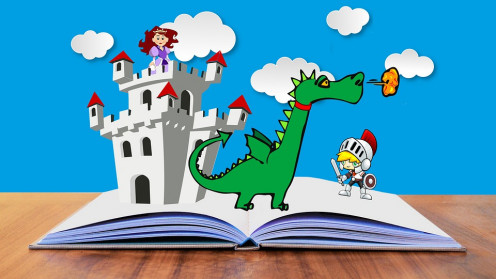
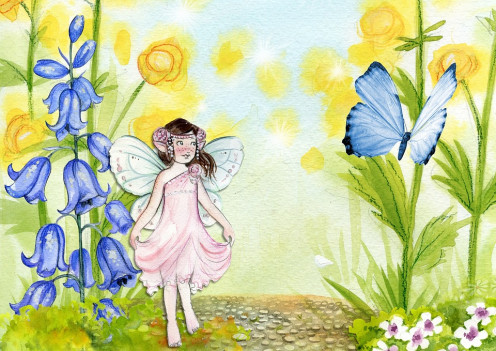
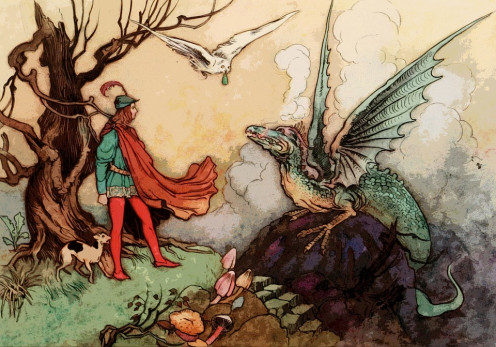
Literature for children
Is Traditional Literature a big part of your child's life?
This content is accurate and true to the best of the author’s knowledge and is not meant to substitute for formal and individualized advice from a qualified professional.
© 2013 Devika Primić

